
Vesta



Let Saturn be your guide to finding asteroid Vesta at its brightest
Many of you may have tracked down an asteroid with binoculars or a telescope, but have you ever seen one with the naked eye? If not, then June presents you with an opportunity to see the brightest, 4 Vesta, at a close opposition. What’s more, ringed planet Saturn lies close by to act as a convenient guide.
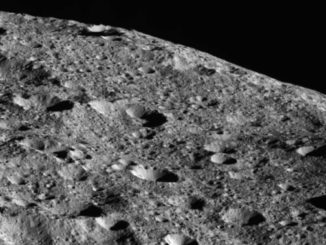

Scientists celebrate 10th anniversary of Dawn mission’s launch
In the ten years since its launch from Cape Canaveral, NASA’s Dawn spacecraft has orbited the two largest worlds in the asteroid belt and overcome defective components that threatened to derail the mission on its 4 billion-mile voyage, discovering unexpectedly rich geologic tapestries suggesting both destinations have a watery past.
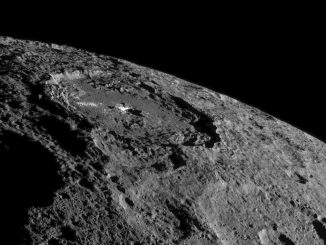
New views of dwarf planet Ceres as Dawn moves higher
The brightest area on Ceres stands out amid shadowy, cratered terrain in a dramatic new view from NASA’s Dawn spacecraft, taken as it looked off to the side of the dwarf planet. Dawn snapped this image from about 920 miles (1,480 kilometres) above Ceres in its fifth science orbit, in which the angle of the Sun was different from that in previous orbits.
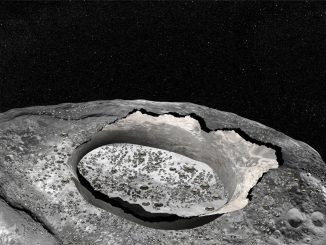
Unexpected discoveries on a metal world
Astronomers have discovered possible evidence for water on the surface of 16 Psyche, the largest metallic asteroid in the solar system. Measuring 186 miles across and consisting of almost pure nickel-iron metal, Psyche is thought to be the remnant core of a planetary embryo that was mostly destroyed by impacts billions of years ago.
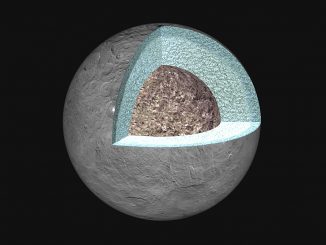
Dawn’s gravity data probes interior of dwarf planet Ceres
By tracking subtle changes in the motion of NASA’s Dawn spacecraft, scientists have mapped the variations in Ceres’ gravity for the first time, providing clues to the dwarf planet’s internal structure. The new data suggest that Ceres has a weak interior, and that water and other light materials partially separated from rock during a heating phase early in its history.
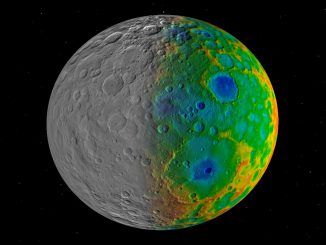
The case of the missing Ceres craters
Ceres is covered in countless small, young craters, but none are larger than 175 miles (280 kilometres) in diameter. To scientists, this is a huge mystery, given that the dwarf planet must have been hit by numerous large asteroids during its 4.5 billion-year lifetime. Where did all the large craters go?
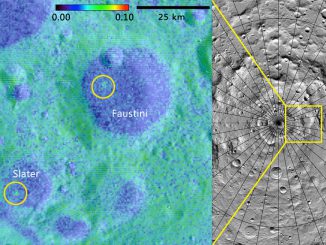
Scientists find fresh impact craters near the Moon’s south pole
Using data from NASA’s Lunar reconnaissance Orbiter, scientists have discovered two geologically young craters — one 16 million, the other between 75 and 420 million years old — in the darkest regions of the Moon’s south pole. Such craters provide valuable information on the frequency of collisions in the solar system.
